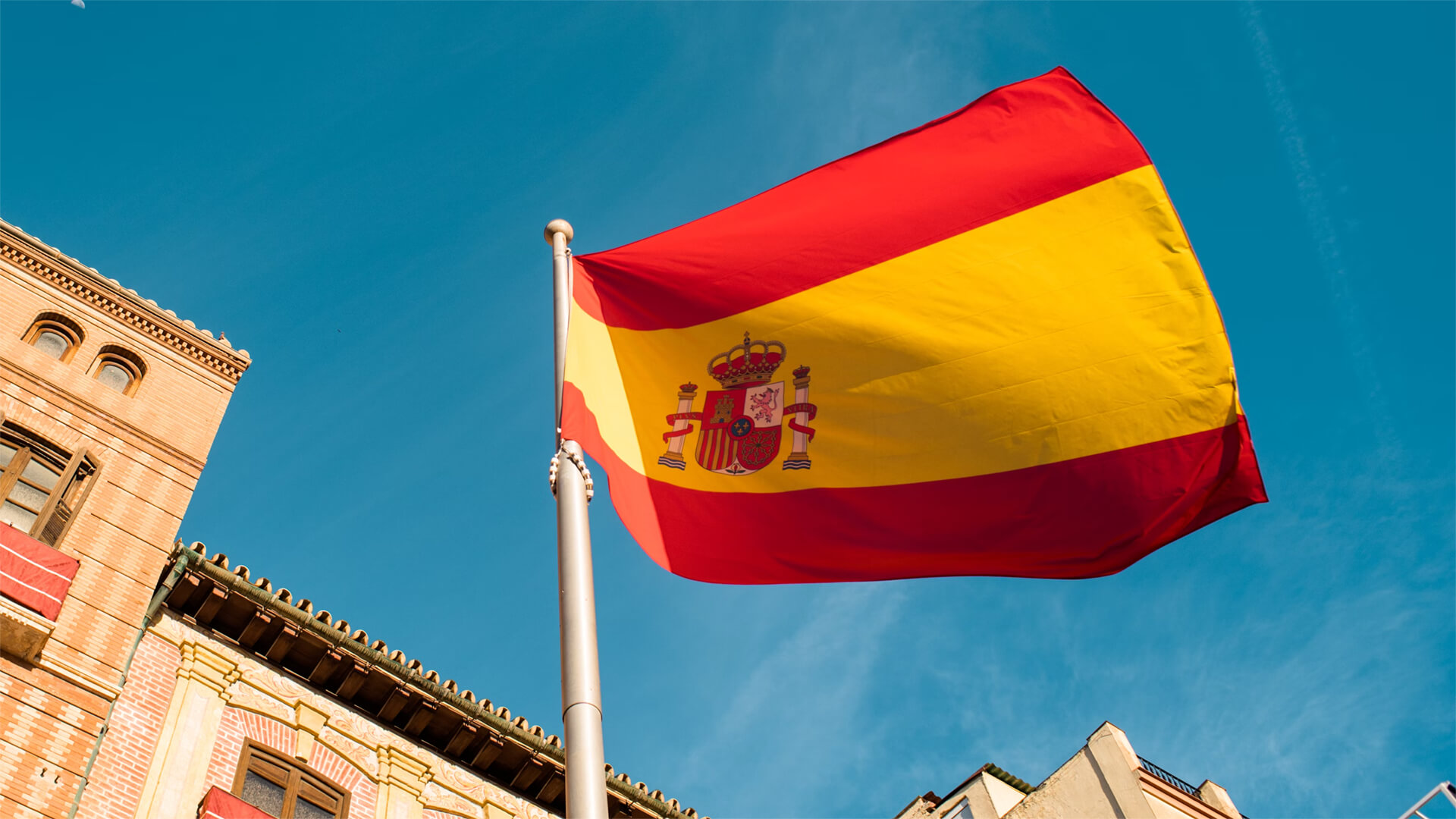On Monday, April 28, a widespread power outage hit Spain and Portugal. Other than our marketing guy who was on vacation in Madrid at the time claiming he “had no signal” and “couldn’t work”, this outage highlights a broader issue with renewable energy infrastructure.
The root of the problem comes from the use of green energy sources like solar and wind, that lack the built-in stabilization that traditional energy sources like coal and natural gas have. This meant that there was no safety net to stabilize the grid once a fluctuation entered the system. Thus, the automatic shutdowns were triggered, resulting in a widespread outage.
Preventing future outages will require some changes. An expensive and multi-decade integration with a fast-discharge battery system. Keeping 15-20% of the grid powered by coal or gas. Or using microgrids, like a hippie compound. No solution is perfect, but outages will continue until something changes.
Oh, and don’t think this won’t happen anywhere else. Grids that are defined by isolation (think the United Kingdom, or Australia) will be next up.
Transcript
Hey, Peter Zeihan here coming to you from Colorado. It’s kind of like Seattle today. Anyway, today we’re going to talk about the power outage in Spain and Portugal, what it means, how it happened and how you fix it, because it’s kind of relevant to a lot of other things that are going on in the world right now.
Okay. Electrical engineers out here. I’m not going to give this in the purest form. I’m going to try to make this safe for laymen. So hate me if you want to, but hopefully I’ll get this right. The issue is something called alternating current, which is what we use for electricity distribution. And throughout pretty much all of modern life and alternating current, as it might suggest, is a wave.
So there are peaks and troughs. It follows a very regular route. And in the European situation they use a 50Hz, oscillation. We use a 60 here in the United States. Just for a point of comparison. Not one is not better than the other, just is. Anyway, basically, there’s a wobble built into the power system, and that wobble has to stay stable.
And if, for whatever reason, you introduce, a change in the wobble or a second wobble, all of a sudden all the gear that is operating at that wobble starts to have issues and it starts to shake, and oftentimes it catches on fire. Sometimes explosively. And it doesn’t take long for the disruption to manifest as a problem.
So for example, when the wobble was changed in Spain, it only took about four seconds for things to go horribly wrong. And because the things that catch on fire are critical pieces of equipment like transformers, what you have into the system is a series of failsafe built into every node where they sever themselves from the grid. Should that wobble, shift, or second wobble get introduced and everything just goes dark.
And the same happened at the interconnectors that connected the Iberian Peninsula to Morocco and France. They just shut themselves off from everything else. And we had a cascading failure, to kind of put it into layman’s terms. The normal wobble is very regular, and it’s kind of like at a junior high dance when everyone’s doing the Macarena. Da da da da da da da da da da da, and then all of a sudden somebody flips a switch and everyone attempts to do the lambada, and it’s chaos and everything is destroyed.
Anyway, the problem that was introduced here is that the Spanish and the Portuguese no longer have a failsafe to stabilize the wobble. What normally happens, and the reason why we don’t have this kind of blackout on a regular basis, on a global scale, is that most of the power generation of the world comes from coal or natural gas, which are thermal units.
And when you burn the natural gas or burn the coal, you get a stream of energy that basically spins a turbine. And that turbine, in addition to generating electricity, also has a lot of pent up kinetic energy stored within it. So if something changes the wobble, something changes it away from that 50MHz that the Europeans have to have.
You can either spin up or slow down, or otherwise tap the power of that spinning turbine to buy yourself a few seconds so that we mere humans can react and bring on or take off other capacity to stabilize the current in Spain and Portugal. At the time that this breakdown happened, about 80% of the electricity was being provided by solar and wind, which sounds great from an environmental point of view and from a national security point of view.
However, all of the energy that comes out of solar and wind is direct current. And so every solar panel and every wind turbine has an inverter that turns the power from direct current to alternating current to match the wobble. And there aren’t a lot of moving parts, so there’s no kinetic energy that you can tap.
And so there just wasn’t enough coal and natural gas, enough turbines spinning in order for them to stabilize the entire thing. And in four seconds, all went straight to hell. Now, if you want to fix this, you’ve got to options. Option number one is to continue down the net zero route and put in another type of battery. So right now you’ve got grid storage which is typically lithium ion or lithium phosphate or lithium cobalt.
And these batteries do not charge or discharge very quickly. But that’s not what they’re there for. They’re there to provide supply to the grid so that everyone has power. Instead, you need a fast charge or a fast discharge battery that’s usually lithium. Titanium. Now, titanium sounds all impressive, but really the supply chains for titanium are more or less okay.
The issue is one of manufacturing. These batteries are made in six different places. Only one of those places China. So it’s know South Korea, Japan, the United States, Switzerland I think are the big four outside of China. But they don’t make very many of them. They’re relatively new battery type. And so if all of the lithium titanium batteries that were capable of grid storage were provided to Spain and Portugal, it would take a year of global production just to fix the situation on the on the peninsula of Iberia.
So we’re talking about needing to do a very significant industrial build out on a global basis if we want to solve this on a global basis. And of course, you have the other little minor problem that pretty much all of the world’s lithium is processed in China. And between China’s pending impending in-progress demographic collapse, including the trade war, that is absolutely smashing.
Their, their home industries. We also need to relocate the entirety of the lithium processing industry away from China into more stable places. So solving this from a battery point of view is very problematic if you want to do it on anything less than a 15 to 20 year time scale. The other solution might not be as ideologically friendly.
If you’re agreeing, but it’s a lot simpler. Just keep 15 to 20% of your grid constantly running on coal natural gas so that you have those term bits spinning all the time. The reason we’re seeing this in a place like Portugal and Spain first is because Portugal and Spain are on the Iberian Peninsula. They don’t have a lot of physical interconnections to other grids, so they can’t rely on the spinning turbines of the country next door.
One of the reasons that the Germans have not experienced this problem is even though they have for a few days in the summer, basically go 100% green. All of their neighbors have coal, natural gas plants, and so when things start to spin out of control, they can rely upon the stabilization provided by all of their neighbors. So you’re going to see this first in places that try to go green, that are more isolated.
So your islands and your peninsulas watch Australia because you’ve got a disconnected grid there. Watch New Zealand, it’s an island. Watch the United Kingdom. Holy crap, the United Kingdom is very lucky. This hasn’t happened to them already, because their green tech is not nearly as reliable as it is in Spain and Portugal. It’s not as windy. It’s not a sunny and so you have a lot more spots pouring in.
But if you happen to get a windy, clear day, all of a sudden they go from being 100% green to 100% unstable. The only other solution I can think of is microgrids. That works for some people. They’re incredibly expensive. And you have no backup should something go wrong? The advantage is in a microgrid. If everything’s on direct current, you don’t have to worry about the wobble at all.
But you have different problems anyway, one way or another, as green tech gets more integrated into systems, one of these three solutions has to happen. One of them requires a multi-decade build out. One of them requires a big step back from an environmental point of view, and one of them basically means becoming a rich hippie commune.
None of these are great solutions, but that’s where we are.




